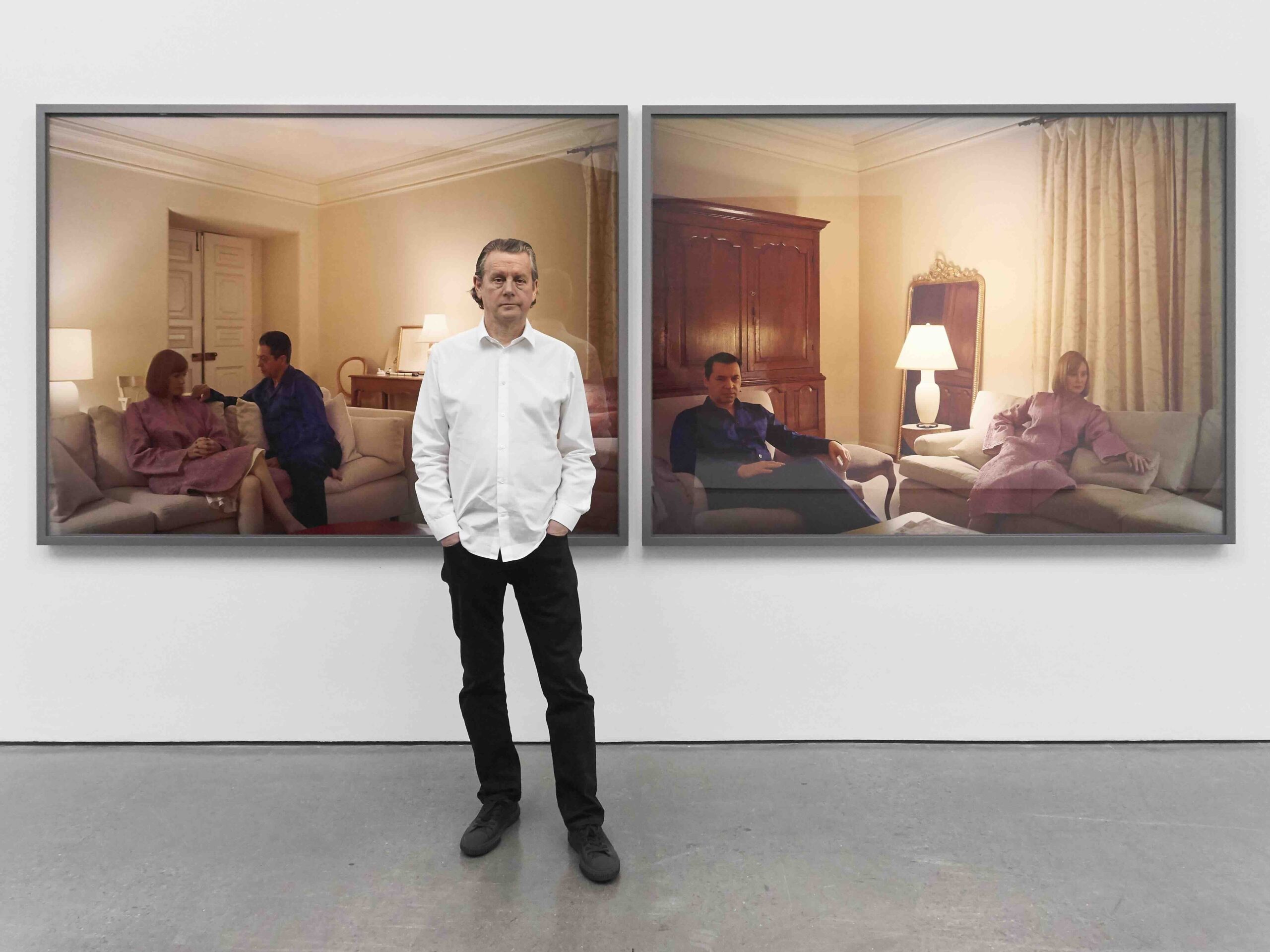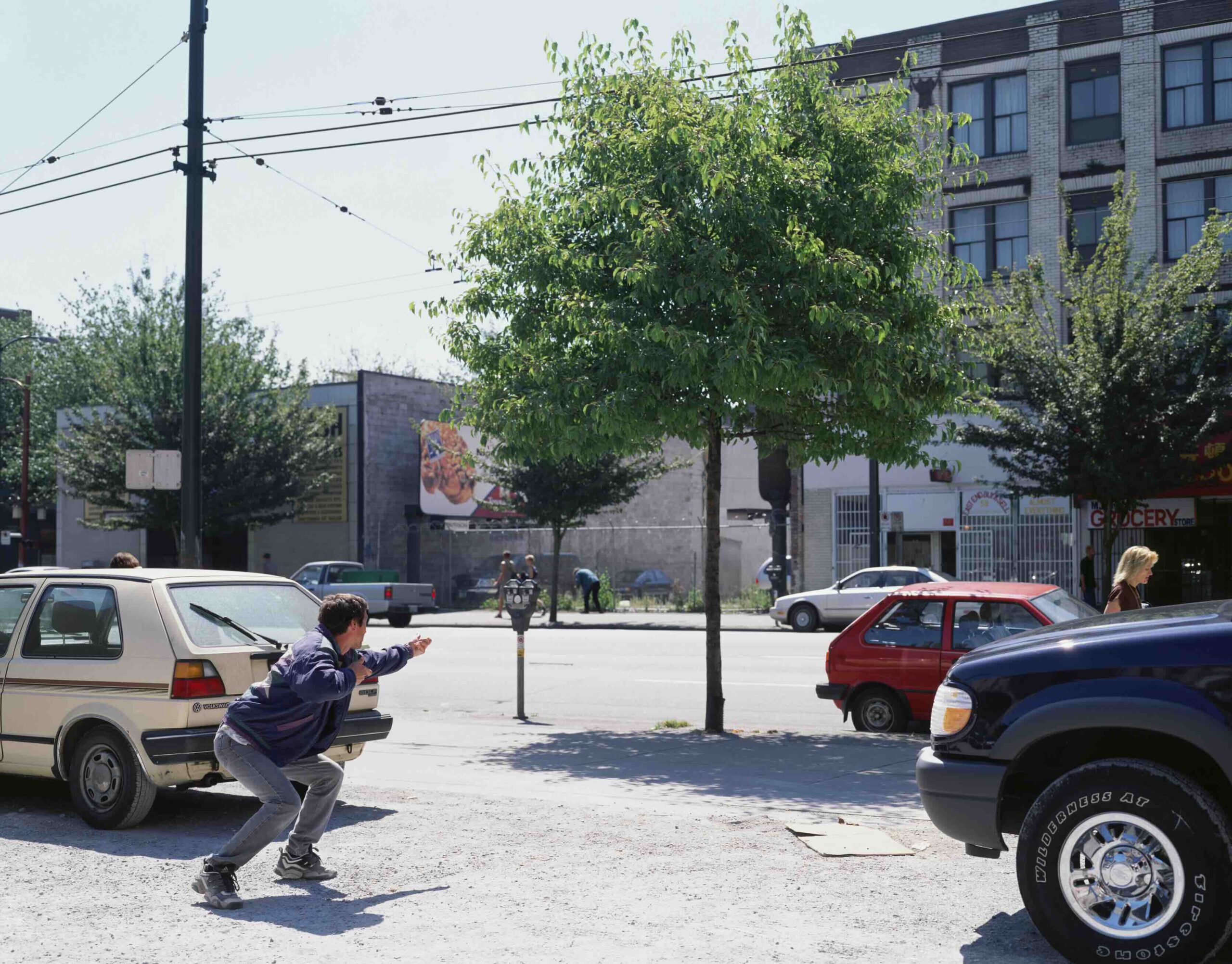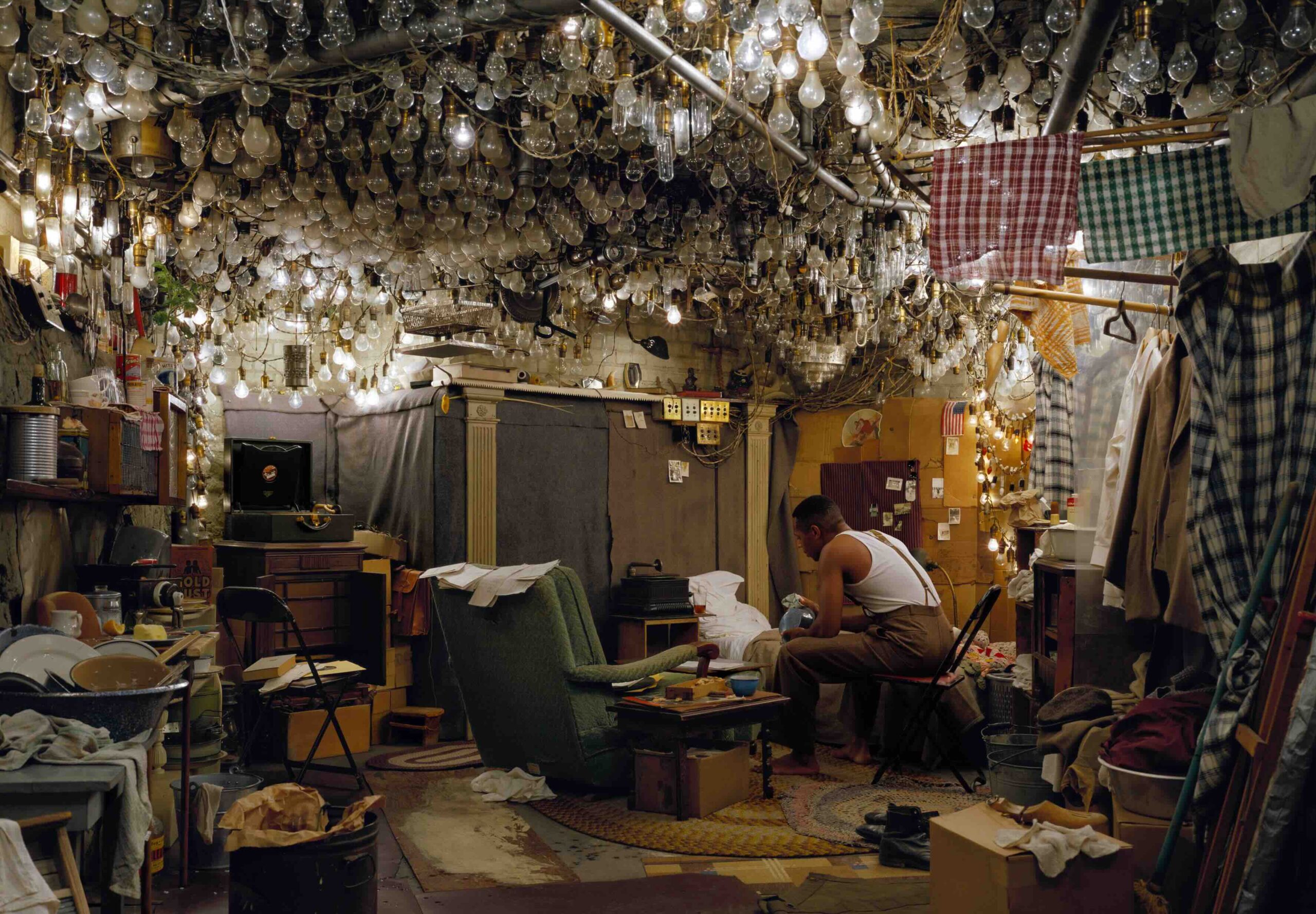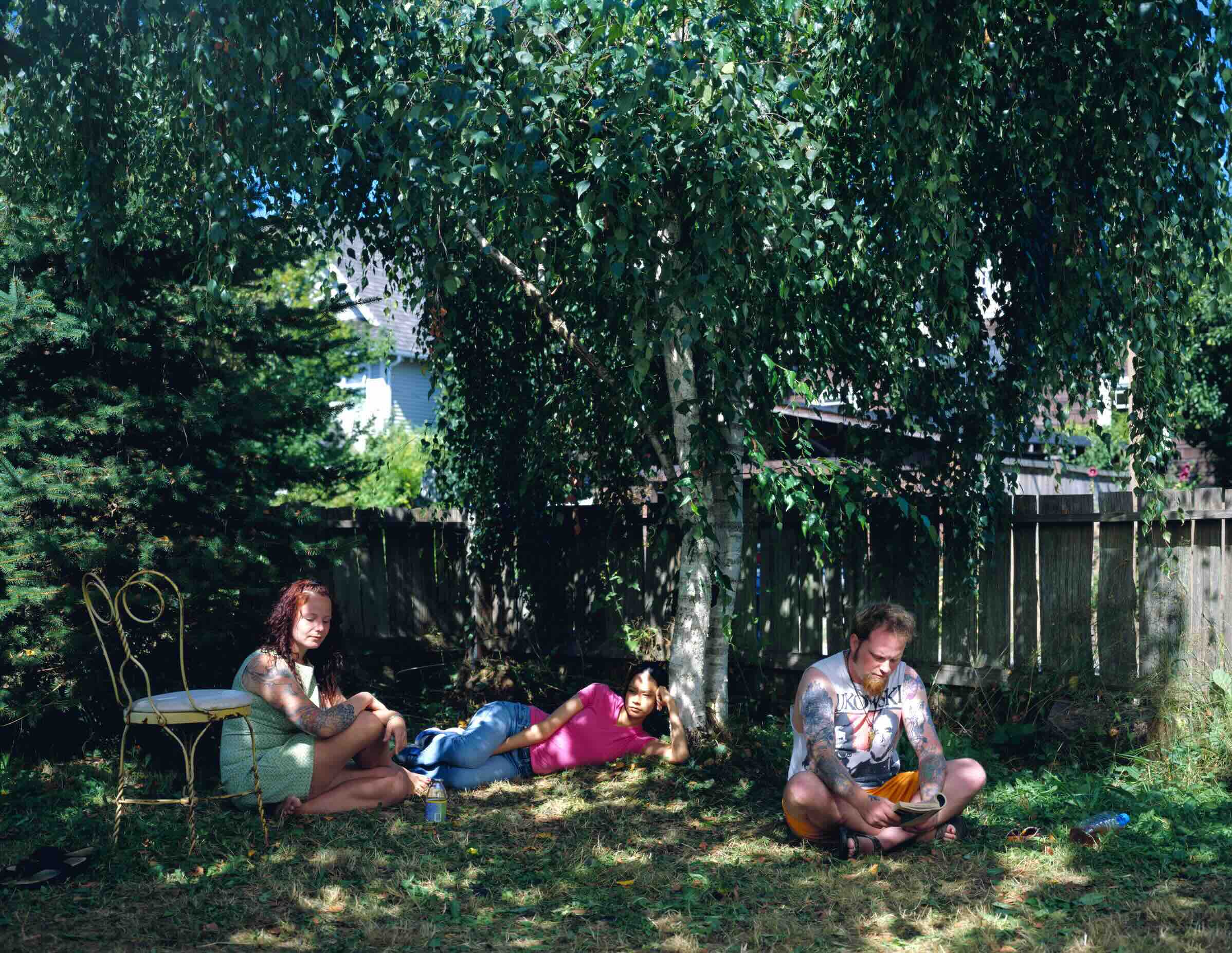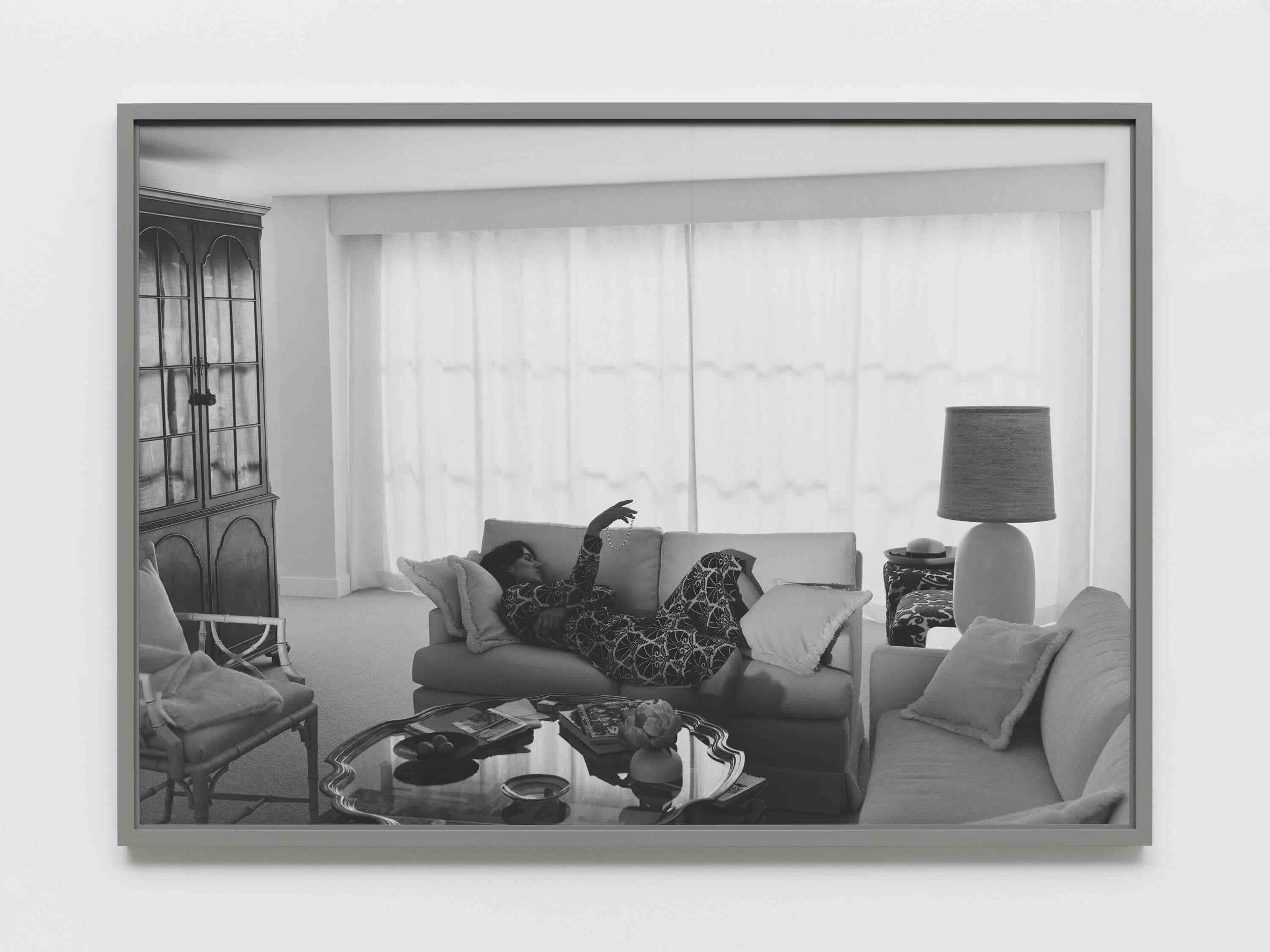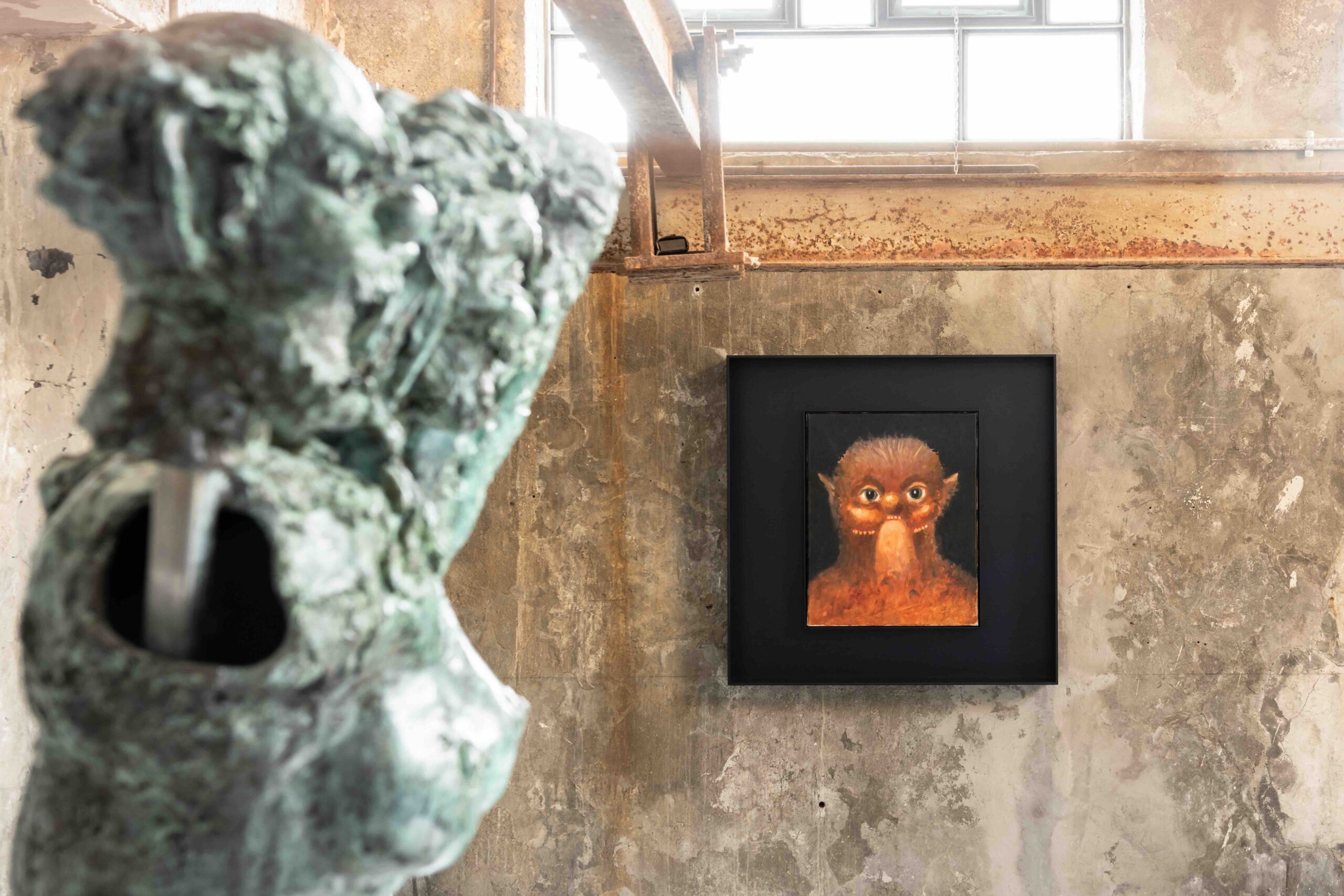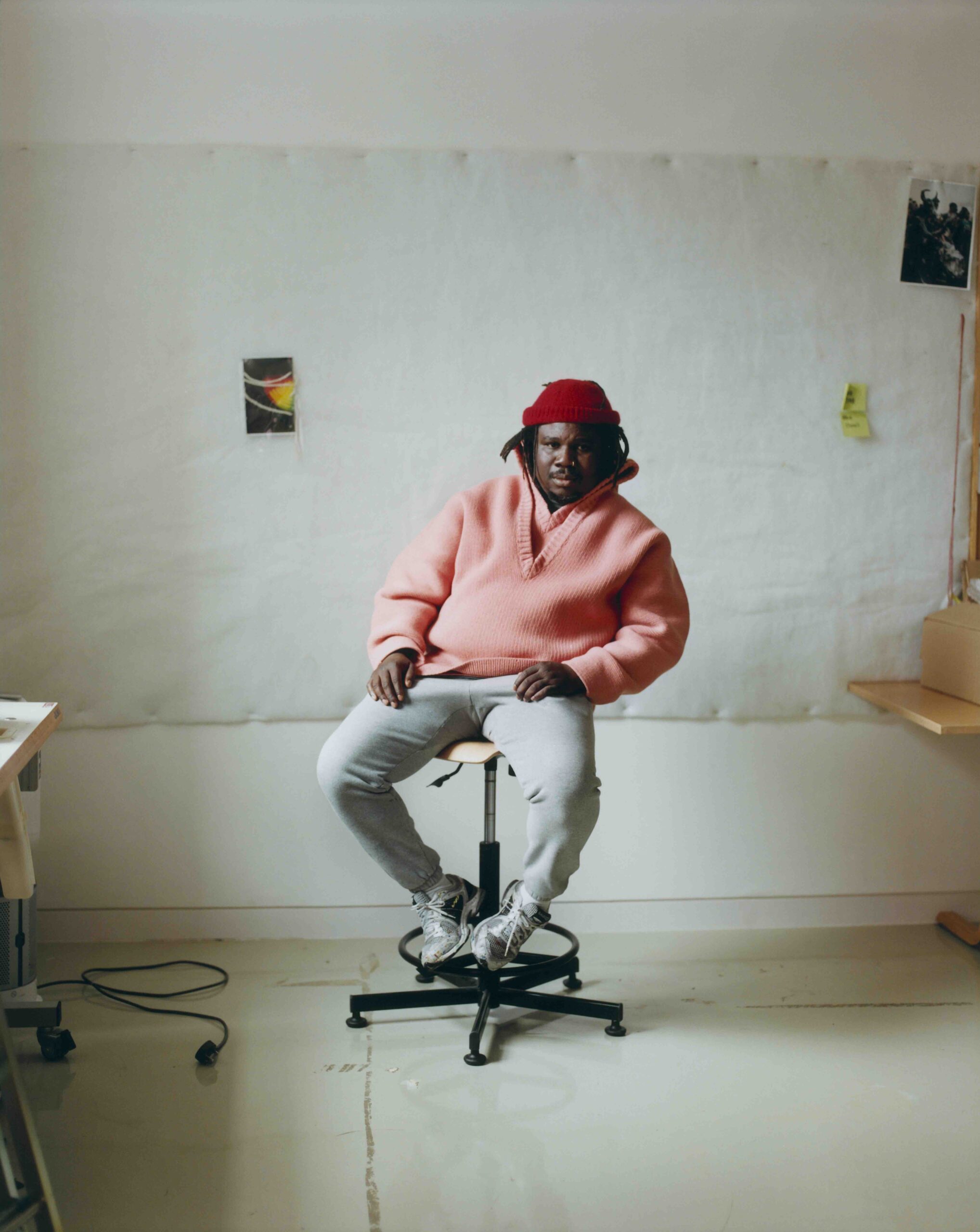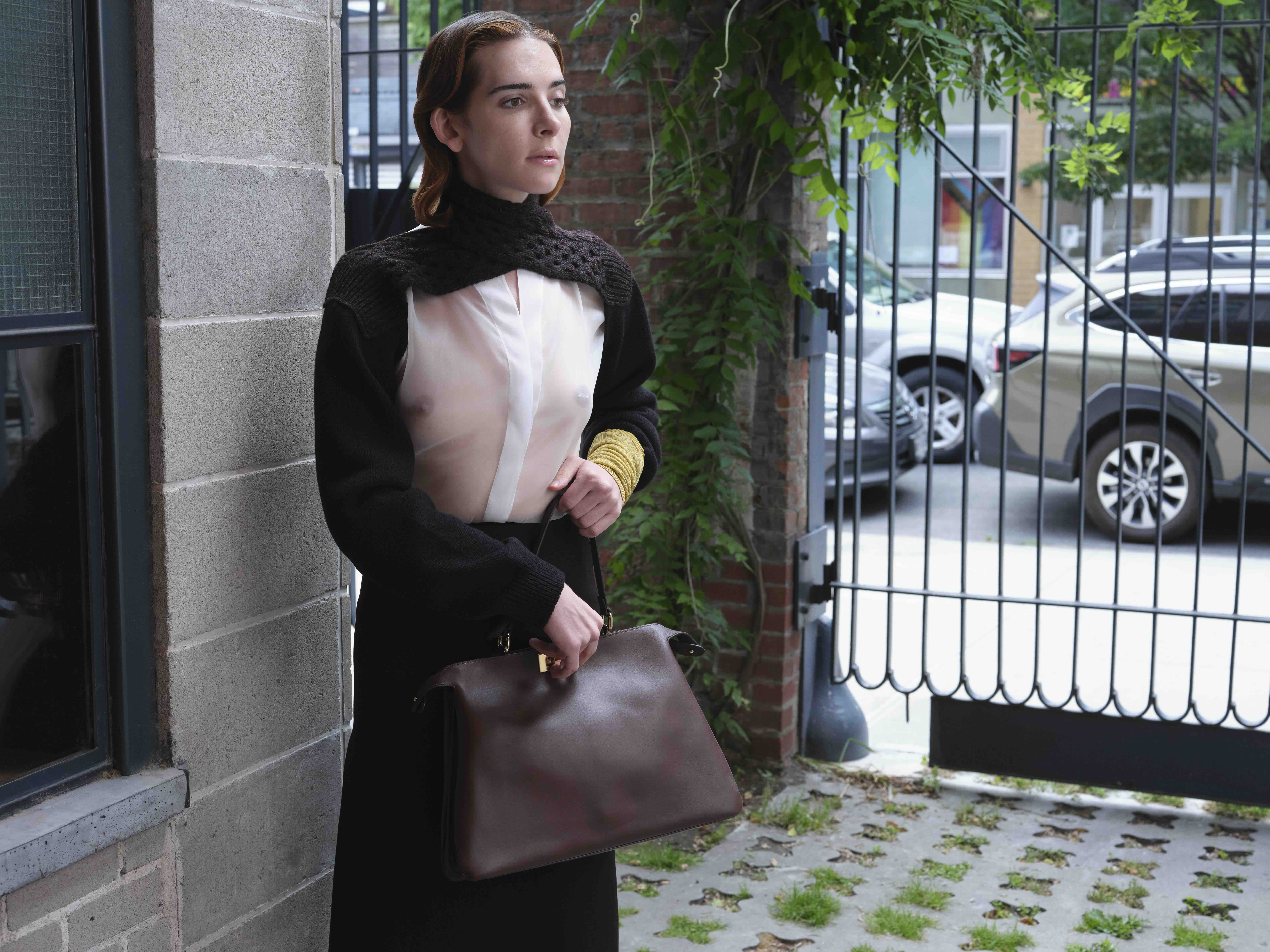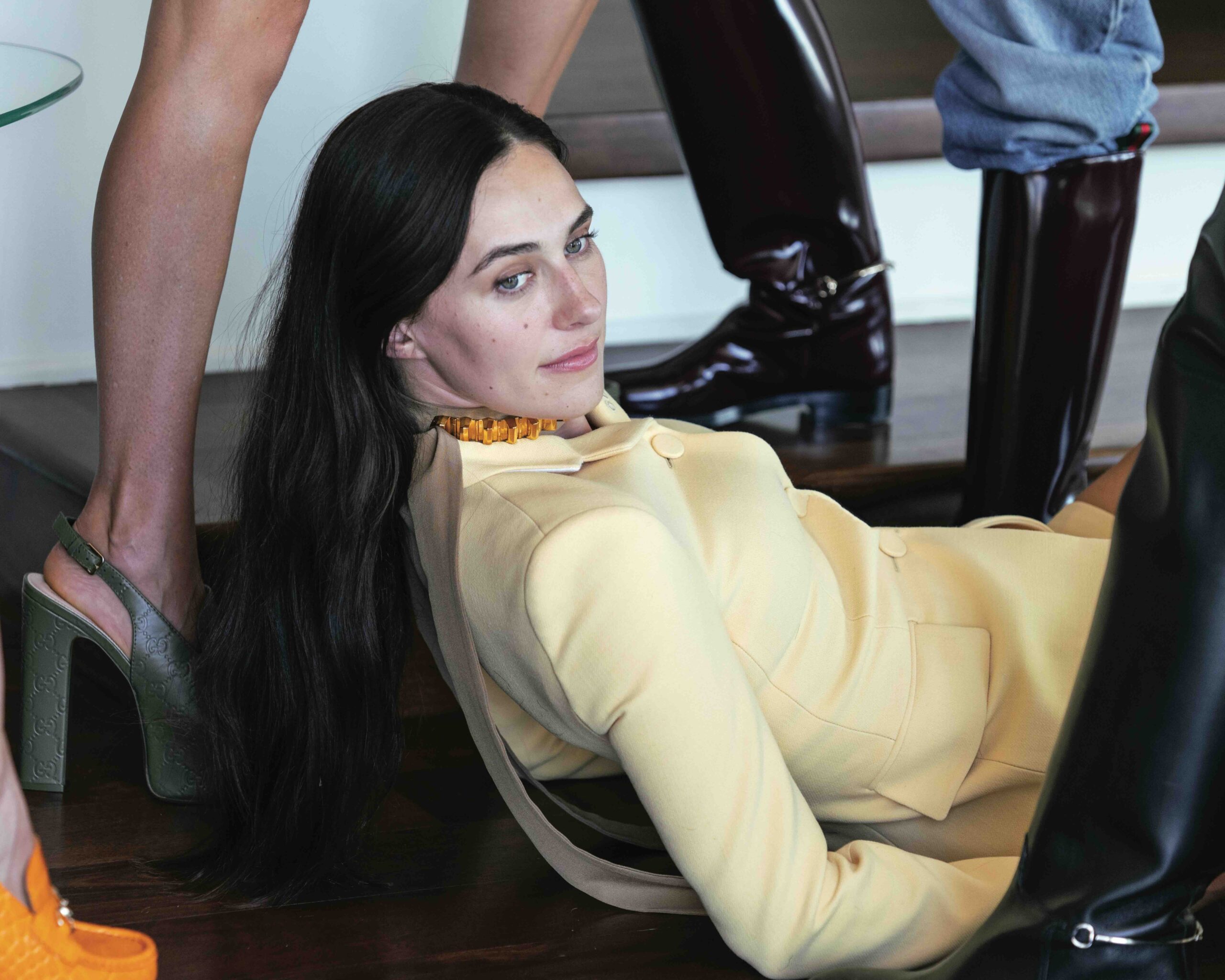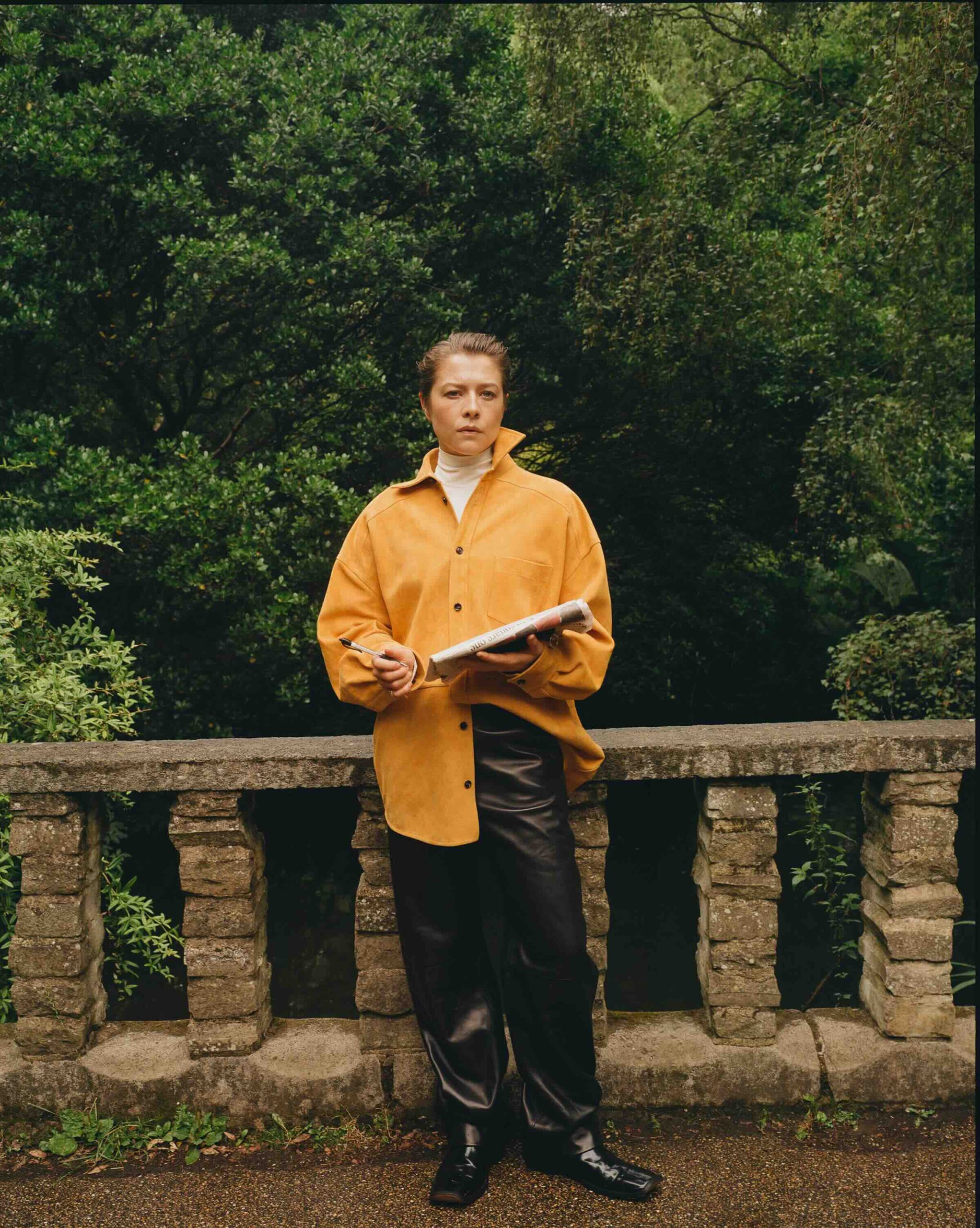Vancouver, June 24th, 2024
Jeff Wall in conversation with Jérôme Sans
You were born in Vancouver in the 1946. What was your cultural environment like growing up?
JW I had a good situation because my parents encouraged me in my interest in drawing and art. Even though Vancouver was rather provincial, it was so in an interesting way. I had access to a very good public library. My school had a strong program for the arts and culture, so I was able to develop my interests from an early age. My father was a doctor, our family was middle class and very conventional. But they had certainly no prejudices against their child being involved in the kind of things that interested and inspired me.
What was your first encounter with an artwork?
JW My mother, in a modest way, collected art. As a young person, I went with her to the galleries where she looked at things and bought some paintings by local artists. They also subscribed to publications that every month sent us a portfolio of the works of a famous artist. This was very typical of the 1950s. I got to learn about Pierre-Paul Rubens, Edouard Manet, Peter Brueghel or Michelangelo. I encountered famous works of art through reproduction, as well as less famous, but quite good works of art directly, either in my house or at the local art gallery. Vancouver was by no means an isolated, backward place.
It’s interesting because I got to know art history through the same kind of magazines that I received every week. After a while, it created a kind of en- cyclopedia.
JW Yes, exactly.
You are considered the founder of staged photography. What do you think of this definition and how would you describe your practice yourself?
JW I don’t like the term staged very much, because it suggests the stage, which suggests the theater, and which suggests a familiar, settled institution. I don’t use the term, even though I can see why people do. At some point in the 1980s, I began to call what I do cinematography because it drew more from the kind of photography that is done in the making of films. If we need a model for my approach, cinematography is a better frame of reference. I take it to mean that photography can be practiced in a manner that includes aspects of artifice or collaboration or preparation. These were more commonly identified with commercial imaging and fashion, and less with the cinema itself. In the period when I was beginning to get interested in photography, the artistic canon was based upon reportage and the documentary tradition. I always admired that, but at some point, I found it too restricting for my own impulses. I got interested in ways in which photography could participate in things that other arts, like painting or cinema, seemed to have a monopoly on. I didn’t see any reason why those things should be excluded from at least the possibilities of a photographic work. That didn’t mean that I had any objection to the esthetics of reportage, because I don’t. I just thought at the time that photography had capaci- ties or potentials that had not been realized in the context of what Henri Cartier-Bresson and Walker Evans had defined. They did it so perfectly that by the time I came along, there wasn’t much to do that was new along those lines.
You began working in the 1970s when conceptual art was thriving. You wrote an essay on conceptual art and photography Marks of Indifference: Aspects of Photography in, or as, Conceptual Art (1995). How has this movement informed your practice? Do you consider your work as conceptual?
JW No, but I grew up as an artist in that era. I did so-called conceptual art for a while in the late 60s into the early 70s. I had been painting since childhood, and I was trying to find my way as a painter into the middle of the 60s when I was still pretty young. In about 1965, I experienced the explosion of the new conceptual, post-studio arts. I began to meet a few other young artists who also knew about what was happening in New York, London and Paris in the 60s. That changed my direction rather forcefully in around 1967-68, because I was young and I wanted to be with it. I got very influenced by people like Robert Smithson, Dan Graham, Joseph Kosuth or Lawrence Weiner. Slowly, I began to reconsider all of that during the early part of the 70s. I’d gone to London to study and I had some passing contact with people like the conceptual collective Art and Language, and went through the process of thinking through what conceptual art meant overall. I did that in a pretty serious way, but slowly I began to move away from that and developed my own objections to it. I was part of the reaction against conceptual art to some degree, although I don’t consider that as reaction to be reactionary in the political sense of the term. It was a reaction to the limitations that I saw emerging from the premises of conceptual art.
You are an artist with a strong theoretical background. You wrote as well a thesis on Dadaism in the late 60s. Why this movement? Did you feel close to it in your own practice at the time?
JW Not really. It was May ‘68 and all of that brought a lot of new ideas, for better or worse. If we look back on it, it’s a very mixed legacy; but at the time it was very exciting and meaningful. My thinking around 1966-67 was focused on the connections that the new avant-garde was making to the avant-garde of the 20s. Like many people, I was intrigued by the revival of radical ideas about art, culture, and society that circulated back into the period of Dada and October, and centered around Duchamp to a great degree. Also, I had to teach for a long time to make a living, and that meant that I had a context and a forum to work on the intellectual aspects of art.
How did you move progressively to photography? Why did you choose this medium?
JW I was always very aware of photography even during the time I was mostly painting, partly because my father had really nice cameras. He was interested in this medium, although he almost never took any photos. My father was like that; I was intrigued by his cameras, especially his Minox spy camera. I also noticed photography immediately in places like Life magazine. Among the many books we got at home was the original publication for The Family of Man, the big exhibition of photographs in 1955 curated by Edward Steichen at the Museum of Modern Art in New York. I admired a lot of the photographs, and later found out who the photographers were. Conceptual art and its experiments pushed me toward photography in a more intense way. I started moving away from painting and into experimenting – rather childishly – with conceptual type photography in the later 60s. I drifted away from painting into this new space that was defined not by classic photography, but by the work of Robert Smithson and others who were deploying the medium differently. I imitated them at the beginning, made a few not very good works, some of which got exhibited, most of which didn’t. That created a break and moved me away from being an artist in my studio with my brushes. When I went to England, I had no studio anymore. I was more or less restricted to an academic activity for a few years. But when I came back to Canada after that in the early 70s and found a job teaching, I found myself in the studio again where I reconnected with the feelings and attitudes I had earlier when I was a studio artist. This was in the post-studio era, as defined by Daniel Buren and others, an important moment when the relationship of artist to something as apparently immutable as his or her work space was put into question in the politically charged way it was at the time. By about 1974 I had to rethink all of that, which brought me to photography in a way that was different from what I had been doing in the 60s. That’s when things like the cinema and my relation to my own past painting appeared to me in a new way.
Read the full interview on Muse September Issue 64.
White Cube will present a comprehensive solo exhibition of works by Jeff Wall at Bermondsey in winter 2024.
The show will open on 22 November and continue to January 2025.
For further information whitecube.com.
